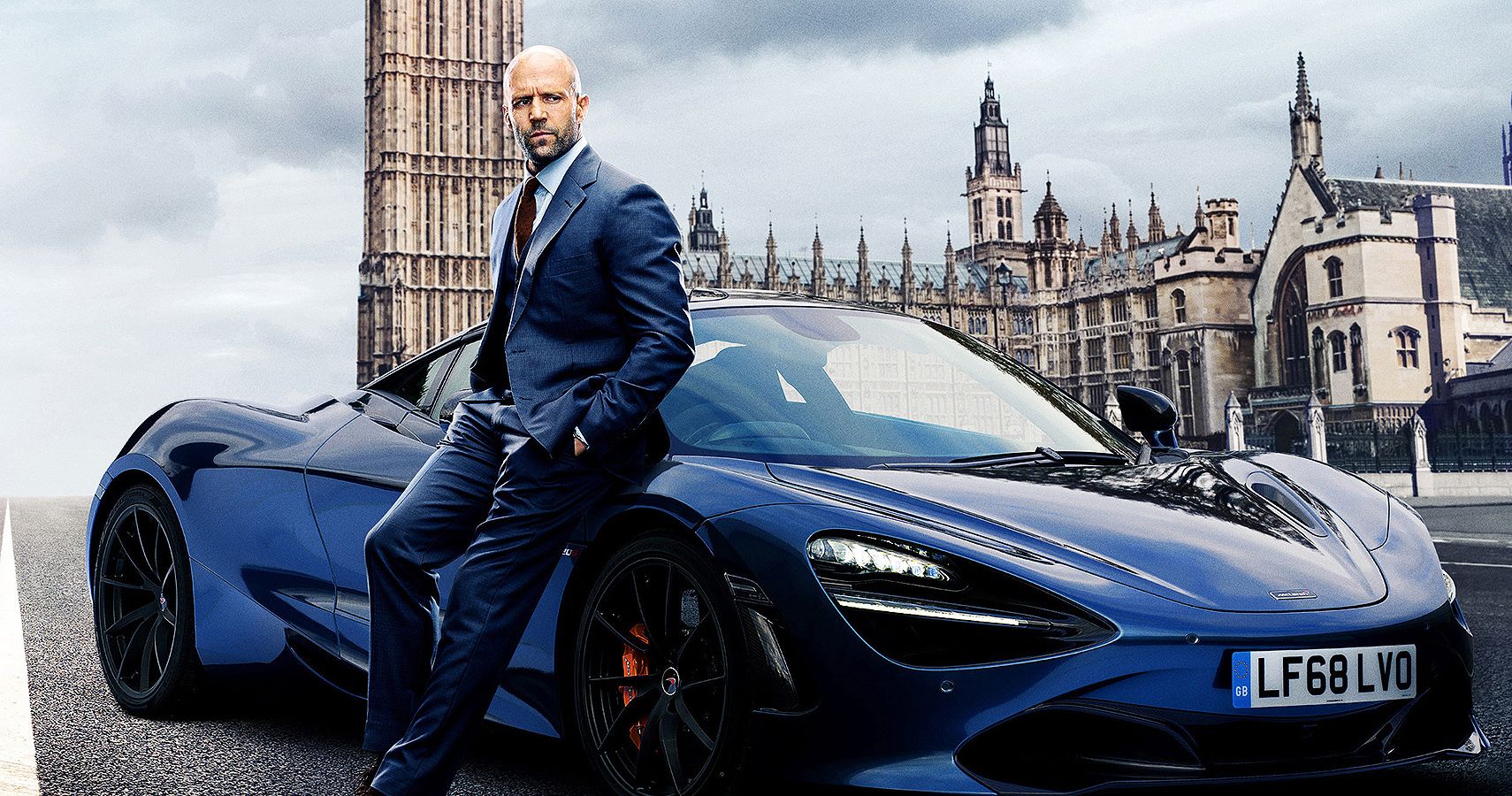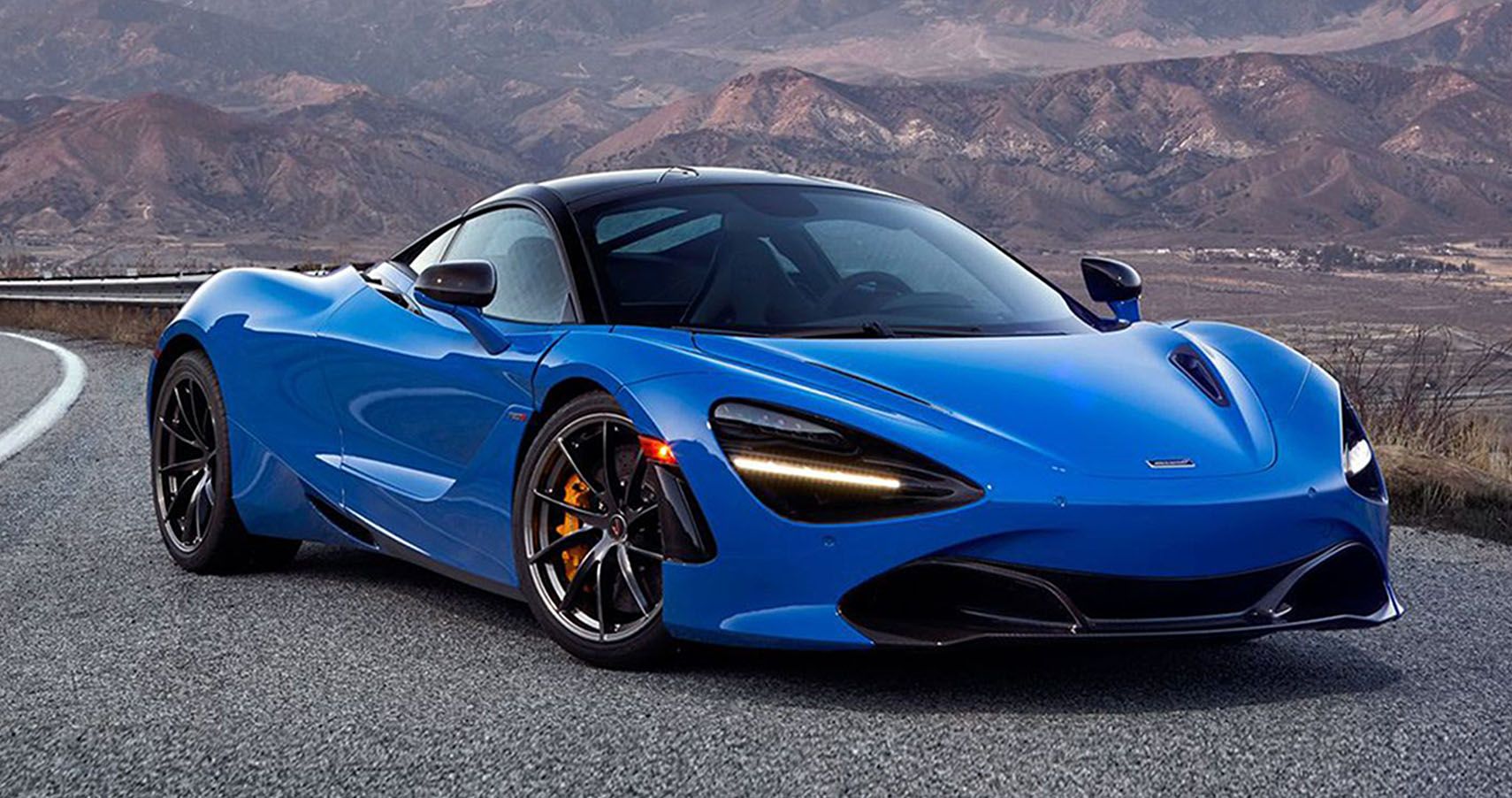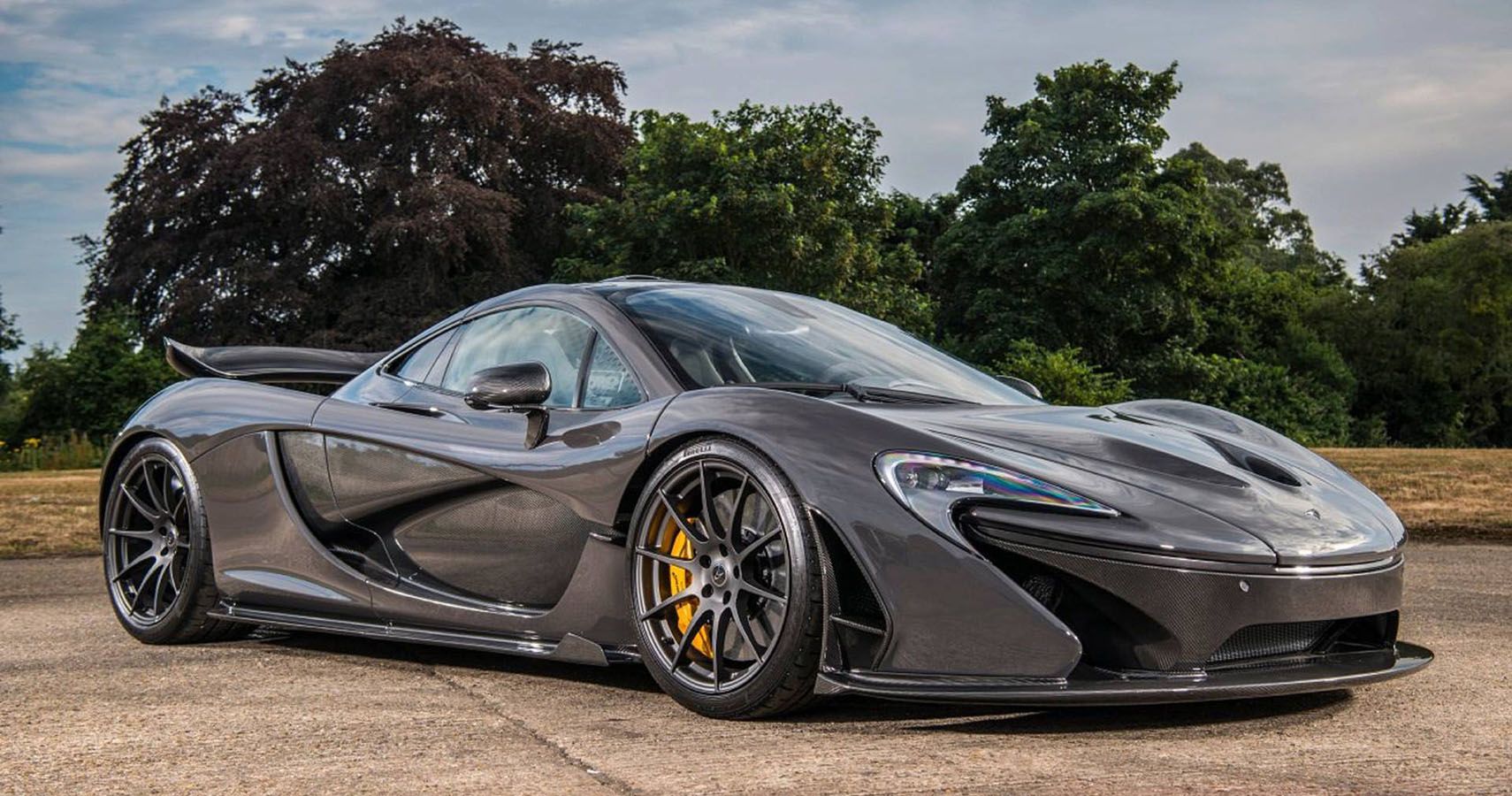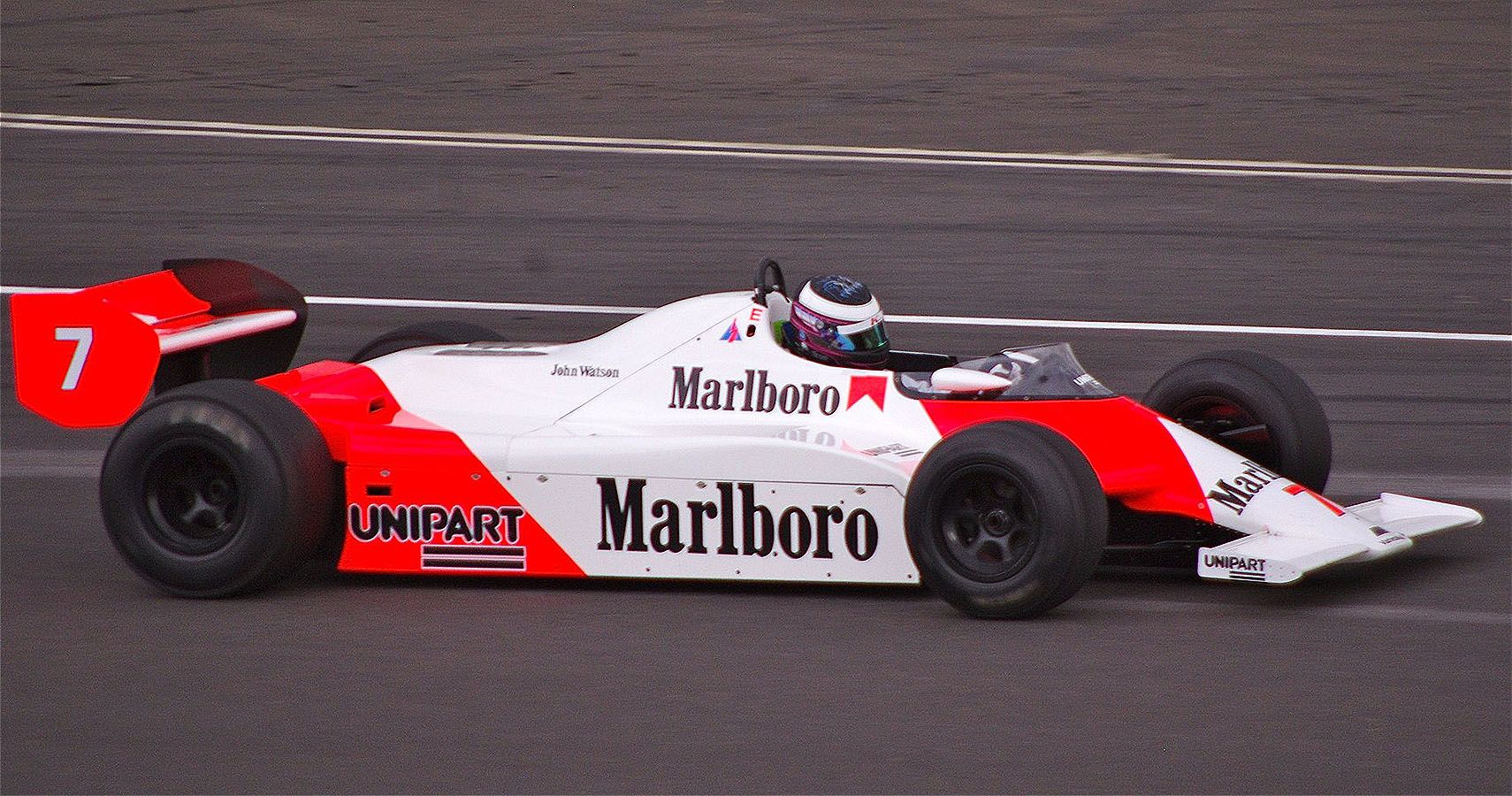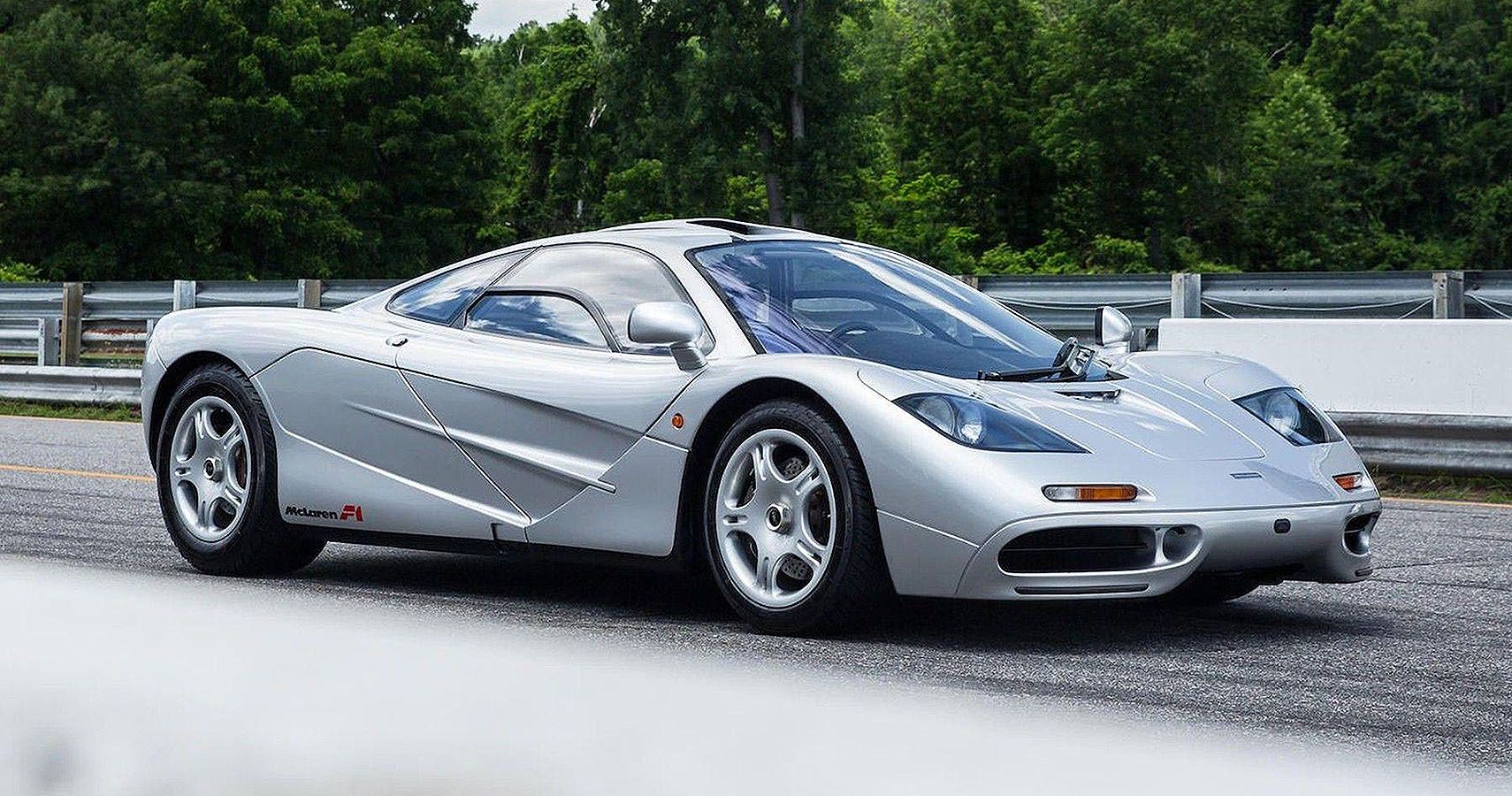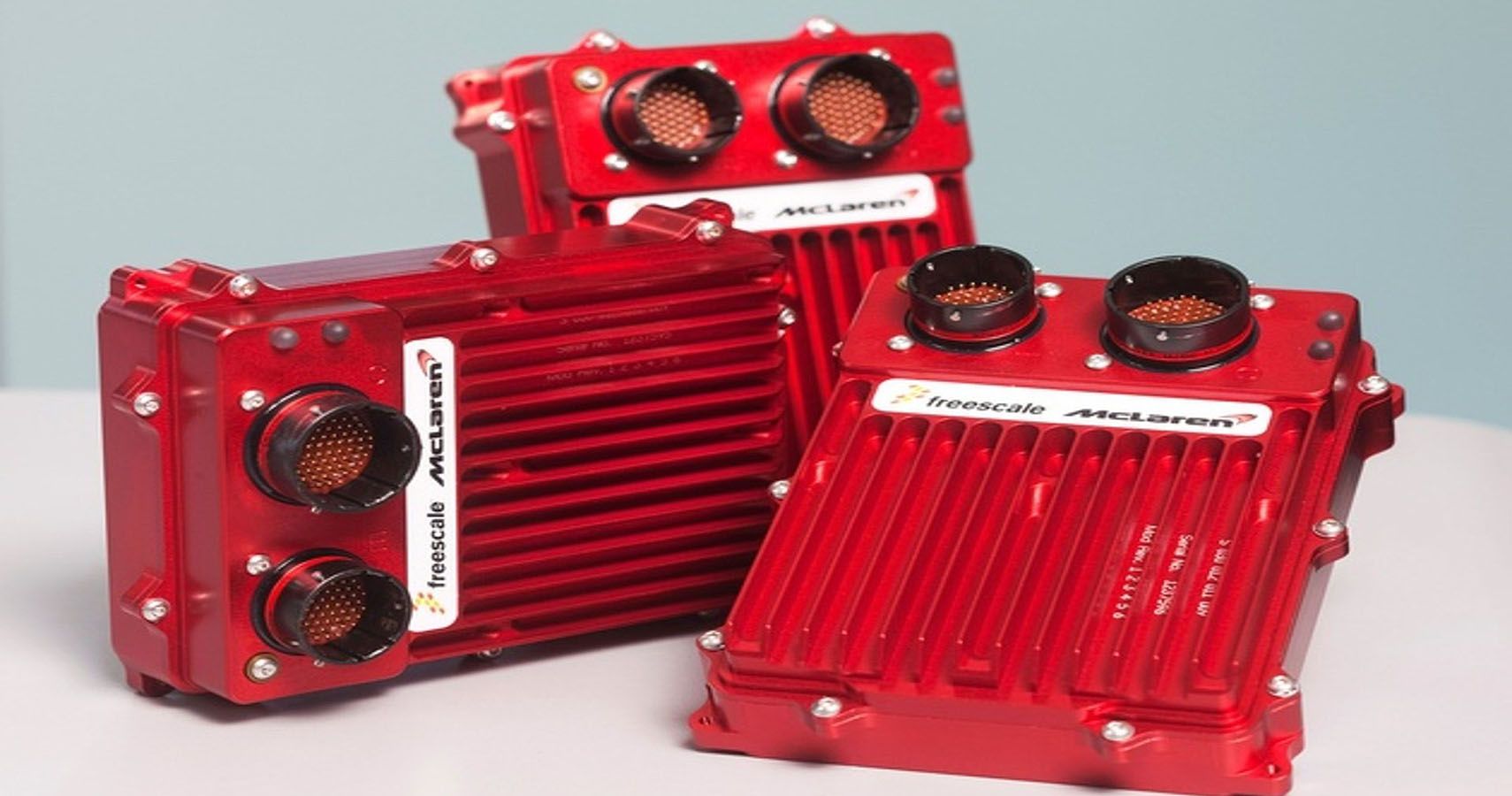Not much can be said about the latest spinoff of The Fast and Furious franchise, Hobbs and Shaw. Dwayne Johnson reprises his role as Hobbs, and there is the equally ripped Jason Statham playing Shaw. Somewhere in between all that is Shaw's sister (Vanessa Kirby) and a genetically-enhanced, if flawed terrorist, played by Idris Elba. The stunts are great, the story isn't important, and then there is the McLaren 720S.
And this is why we still respect this particular movie, they recognized one of the best and put it out in not one but several scenes. So in honor of the McLaren 720S and McLaren cars in general, here are ten things you may not have known about this superb supercar maker.
10 The 720S Is A Living Legend
Brand McLaren needs no introduction for its a living legend in the motor racing circuits. This Formula One constructor has a different approach in creating its racing cars that’s unlike any other automaker in this business. The iconic McLaren 720S went into production only after the company decided to bid adieu to its older sibling – the 650S.
RELATED: McLaren 720S Actually Faster Than McLaren Says It Is
The 720S rolled out from the assembly lines in 2017 and since then has garnered a lot of eyeballs among the motoring enthusiasts. The supercar achieves a 0-60 mph sprint in about two and a half seconds and manages a top speed of 225 mph in a jiffy.
9 McLaren Is An Eco-Conscious Lot
McLarens believes in sustainable racing and rolls out cars that are environmentally friendly. These cars are armed with motors that are reduced-CO2-emission efficient and at the same time are capable of going faster than their rivals in the racing circuits. One such car was the limited production McLaren P1. Only 375 P1 were ever sold between 2013 and 2015.
McLaren's P1 was a plug-in hybrid car that carried a powerful 903 horsepower electric motor under its hood coupled with a 3.8-liter twin-turbo V8 mill. It was the company’s big leap towards saving the earth. McLaren also recycles more than 60% of its everyday waste to make sure they don’t leave any stone unturned.
8 The Re-Invention Of Carbon Fiber For F1
Until 1981, most of the automakers made only partial use of carbon fiber to construct their speed machines. No one had forayed into the idea of creating a car completely made of carbon fiber. McLaren was the first company that took a plunge in this arena. In 1981, McLaren launched its new car, the MP4/1 that featured this monocoque design.
It was built entirely of carbon fiber and became a global phenomenon in the Formula One circuits. The MP4/1 was known for being light in weight as well as high in strength and sturdiness. The car could easily take some serious beatings and still emerge in one piece.
7 The McLaren F1 Is Unbeatable
In 1992, the McLaren F1 was the world’s fastest car, albeit with a naturally-aspirated engine. Till date, more than 17 years later, the F1 still stands tall and proud considering no other naturally-aspirated engine has broken its record. It seems unlikely in the near future as well. In fact, when its top speed was recorded at 242mph, it was 43mph faster than the company’s own estimate. Talk about underestimating their top performer. There’s a reason why McLaren’s cars are talked about with a hushed reverence in racing circles – they may be old, but they are so not out!
6 The McLaren Partners NASCAR
McLaren is not just popular as a Formula One constructor but it has won laurels in NASCAR events as well. In fact, they never pitched their cars in the NASCAR turfs but were one of the prominent sellers of electrical parts to NASCAR racing teams. At one point, McLaren’s sister concern known as McLaren Applied Technologies was supplying its innovative ECU to NASCAR teams and it was being used in every single car participating in the event.
This happened in 2012 when NASCAR decided to switch to fuel injection thus creating a huge demand for a new ECU and harness. McLaren was a frontrunner in cashing in on this opportunity.
5 The F1 Engine Was All Gold
With the launch of F1 in 1992, McLaren took its maiden plunge into the streetcar bazaar. The auto marvel was equipped with a 6.1-liter BMW V12 powerplant tied to a six-speed manual transmission. F1’s V12 mill was capable of belting out a whopping 618 horsepower and a torque of 479 ft-lb. At its peak, this engine unit produced a lot of heat that could have harmed the carbon fiber body of the car. McLaren lined the engine bay of F1 with real gold foil that effectively reflected the heat away from the carbon fiber body. This was specific for the street-legal cars which needed to run more than just a race track's length.
4 McLaren's Kiwi Connections
Bruce McLaren was the founder of McLaren F1 team and his roots were as Kiwi as they got since he hailed from New Zealand. He spent his early days in Aukland, New Zealand before embarking on a flourishing career in Formula One championships. This is the reason why he included a kiwi in the first logo of his F1 team. New Zealanders are often called Kiwis though the kiwi is New Zealand’s national bird. And while the kiwi is flightless, McLaren and his cars certainly seemed to fly. The logo was later changed when Bruce McLaren became a global sensation in the racing circuits.
3 A Race For Two?
McLaren is known for its revolutionary approach in the entire history of racing. They have done things differently and created a new market for themselves every time they did so. McLaren floored its first-ever two-man racing car in the Season 1998 of Formula One. At the time, this was a rarity in a Formula One event and only McLaren could think of something like this. The idea was to let the passenger, sitting behind the driver, experience the sheer power of a Formula One racing car. The car was the famed McLaren MP4/98T. It had two seats and a total of 151 passengers were lucky to enjoy the thrills of an F1 race car, minus the need to actually race it.
2 One Car, Sixteen Grand Prix
The McLaren M23 is perhaps the best race car in the history of automobiles. The M23 made its debut in 1973 and went on to win sixteen Grand Prix in its successful career. The car did have issues in its formative years which were eventually enhanced in a typical F1 fashion, with essential tweaking done between races. In the mid-seventies, it was one of the fastest cars in the Formula One seasons. Between 1973 and 1977, the legendary M23 was victorious in sixteen Grand Prix. These are impressive figures for any race car that lived for only six seasons.
1 The Cars Are As Tech-Savvy As Possible
McLaren knows its job very well. The company has equipped all its racing cars with sensors and computers to gather data. These data are further analyzed to figure out the weak areas in the last race. That, in turn, helps the company work out its further strategies in upcoming races. It’s the best way to turn weaknesses in the last race into strengths in the forthcoming ones. The reason why McLaren is the second most successful name in the history of Formula One. They bulldozed all the weaknesses that came in their path of winning championships on the racing tracks and may just set new world records in racing and fast cars.

